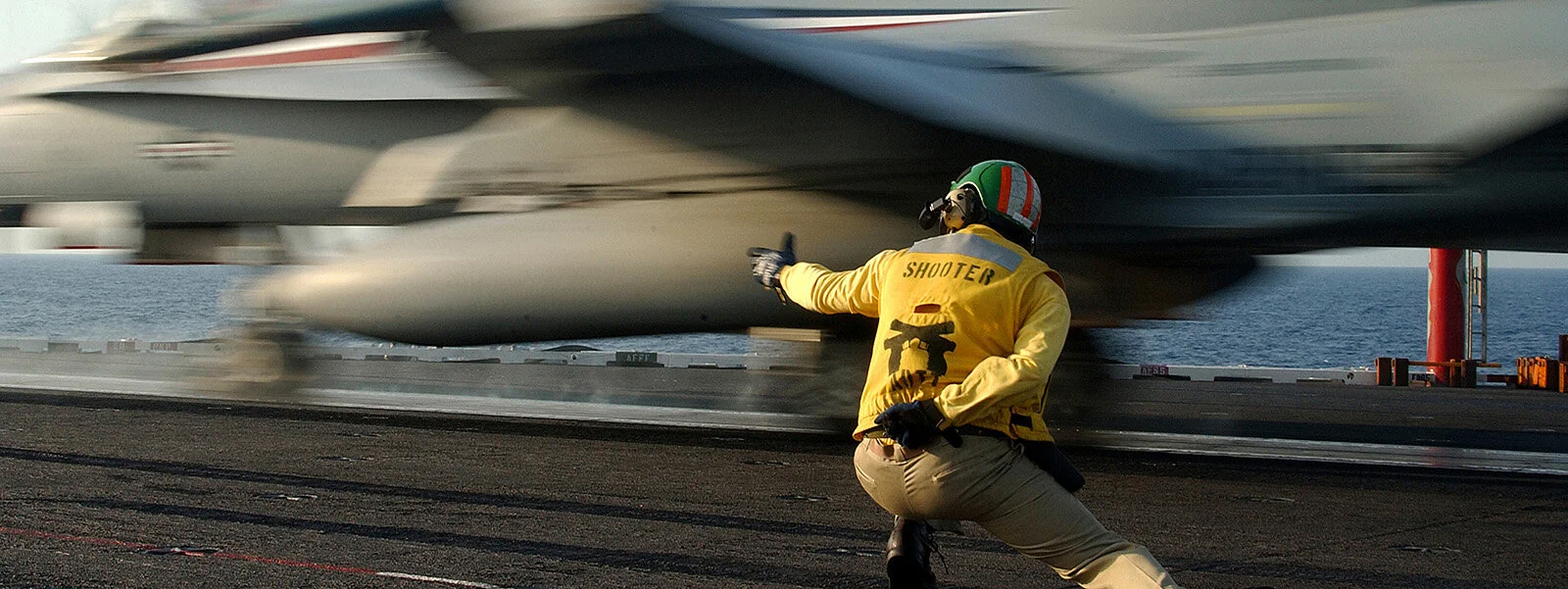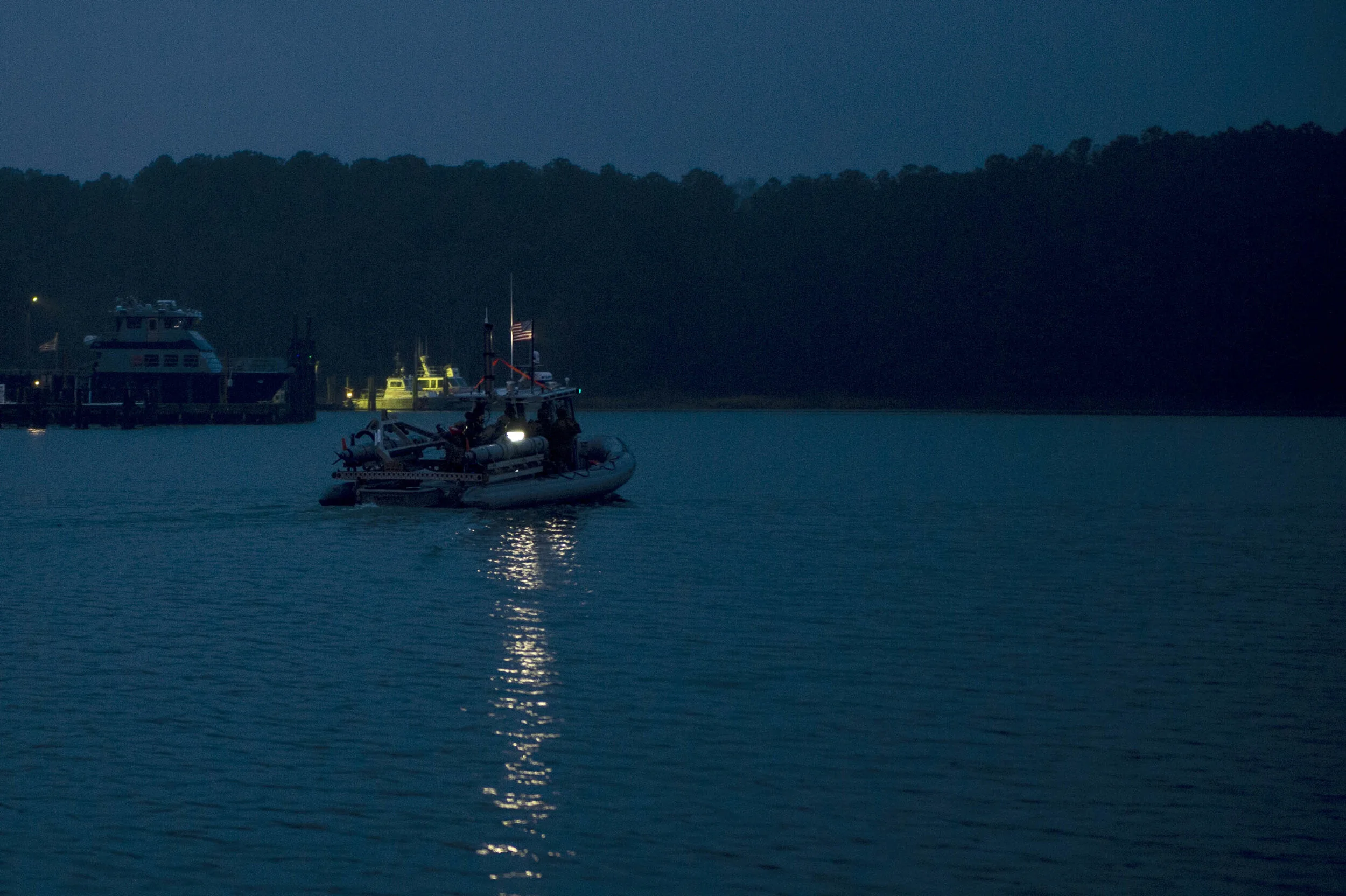BLUF: This post is part of my series on the collision of the USS JOHN S MCCAIN (DDG 56) with Motor Vessel ALNIC MC on 21 August 2017 in the near Singapore. It begins where the Navy and NTSB reports finish. It is the first part of my answer to the question, “What can be learned?” based on my assertion that the improved safety and and reliability possible through High Reliability Organizing have little to do with what you read in official investigations.
Hi.
Welcome to my website. This is where I write about what interests me. Enjoy your visit!




















